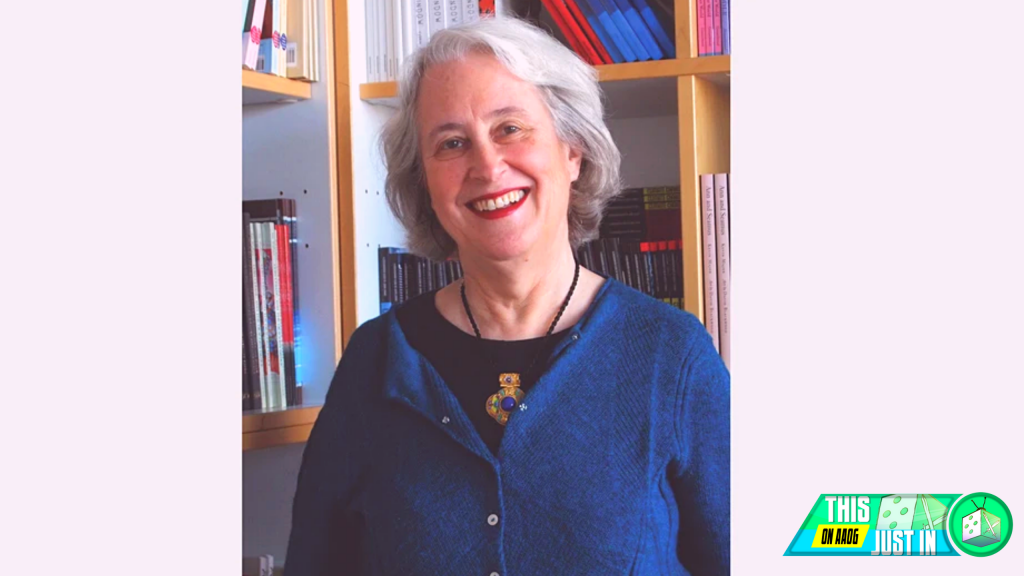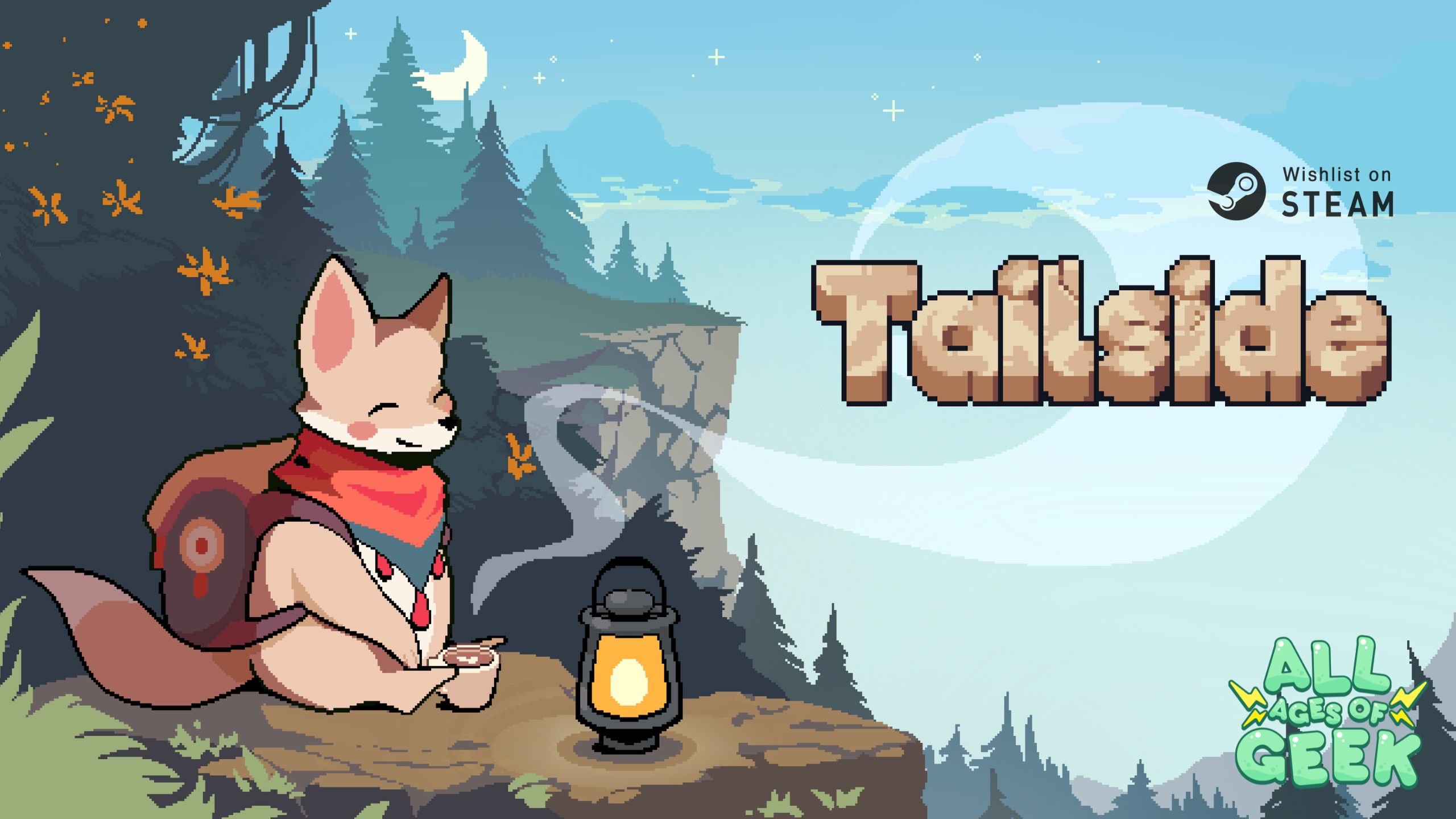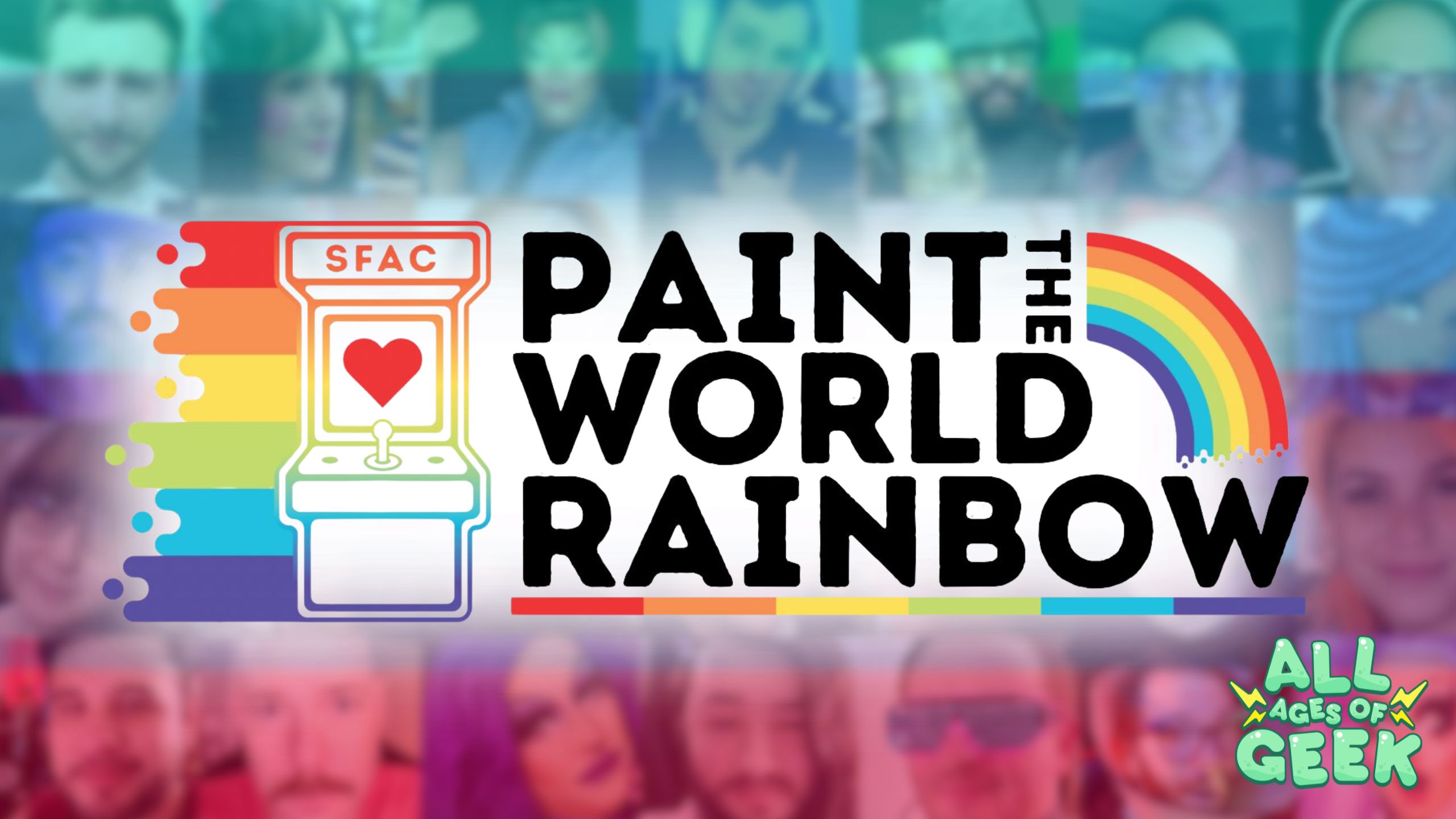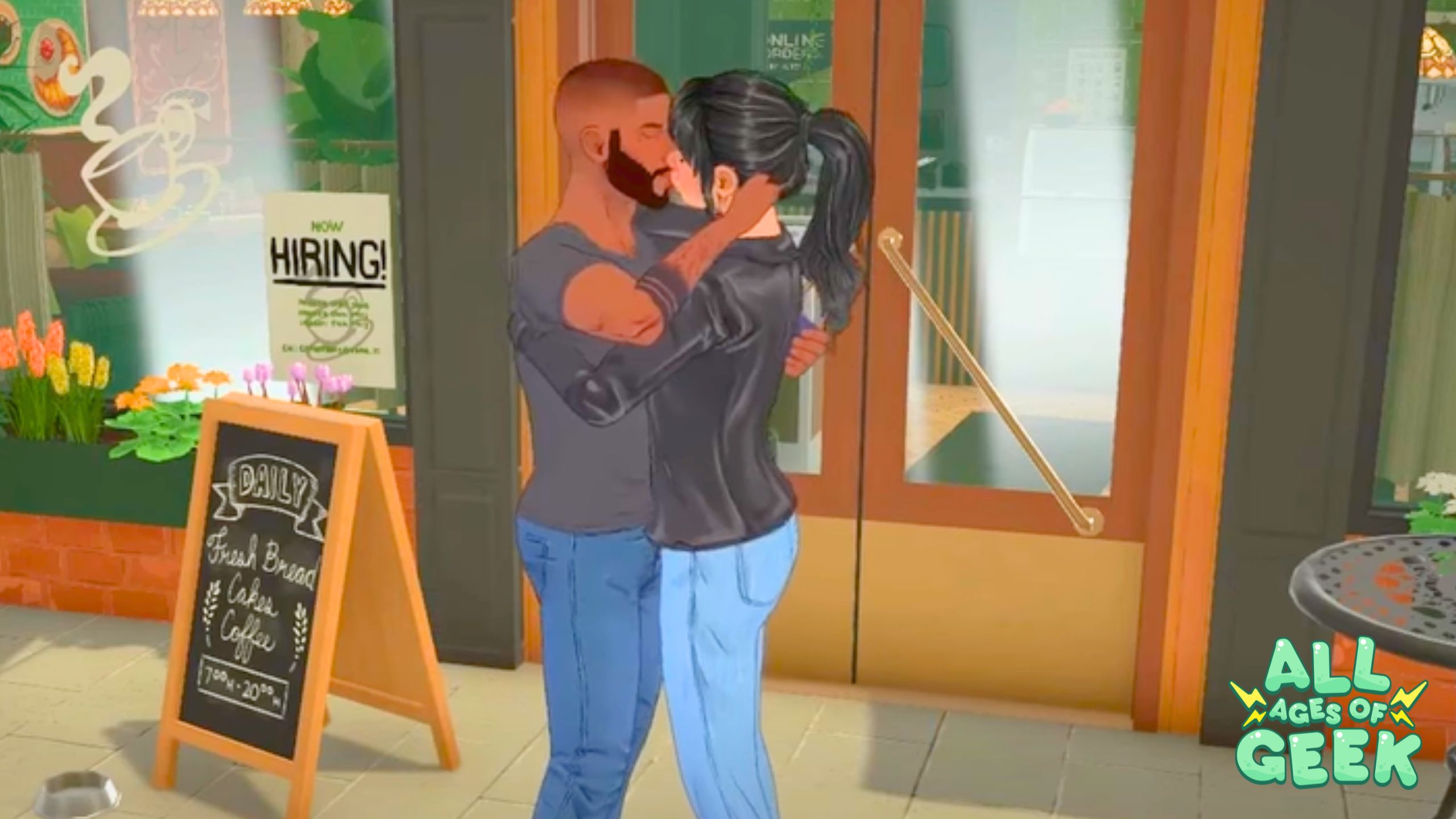I recently had the profoundly awesome opportunity to interview renowned children’s book publisher and 2021 Carle Honors Honoree, Patricia Aldana, as part of The Eric Carle Museum of Picture Book Art’s art auction and virtual fundraiser, “The Very Virtual Benefits & Auction.”
A few things before getting into the interview, minimal edits were made to preserve the voice of the interviewee. Most of the books linked will take you to either Eso Won Books or The Lit. Bar: Bookstore & Chill, both are independent Black-Owned Bookshops. I’ll continue to link out to Black-owned businesses that stock whatever cool things are mentioned throughout my geek-writing tenure. Support independent businesses, homies.
Patricia Aldana has dedicated her work to championing representation and bringing diverse voices to picture books, children’s art, and literature. Aldana is the founder of Groundwood Books, President of the International Board on Books for Young People (IBBY Trust), and Publisher of Aldana Libros, an imprint of Greystone Kids. Aldana’s work is an inspiring journey of therapeutic storytelling within the intersections of publishing and humanitarianism.
Rohil: What were the formative children’s books from your upbringing?
Aldana: I grew up in Guatemala in a bilingual household with a Guatemalan father and a Bostonian mother. There were no Guatemalan picture books or even children’s novels apart from Jules Verne and Dumas. My Boston grandmother sent me books in English that my mother read to me every night. Among my favorites: Make Way for Ducklings by Robert McCloskey; The Little House and Mike Mulligan’s Steam Shovel by Virginia Lee Burton, and fairy tales by the D’Aulaires.
Rohil: Which of Eric Carle’s work has connected with you the most?
Aldana: From Head to Toe and Brown Bear, Brown Bear, What Do You See?
Rohil: What do you consider to be the essential elements of a children’s book — what are your core design principles?
Aldana: Important content. A real story. The authenticity of visual voice. Beauty — but never at the expense of content.

Jade and Iron: Latin American Tales from Two Cultures (1996)
Rohil: Before starting your company, you worked at several publishing houses and a children’s book store. What shortcomings did you identify during that time you sought to change at your own publishing house?
Aldana: In the mid to late seventies, there was a virtual desert of Canadian books, apart from the great Lucy Maud Montgomery and Dennis Lee. The absence of really good books by original Canadian voices and the absence of authentic books from Canada’s minorities made no sense to me.
Aldana first moved to Canada in 1971, her publishing house, Groundwood is Toronto-based.
Rohil: Groundwood, the company you founded, is known for publishing diverse, underrepresented Black, Native, and Hispanic authors and more niche international voices. What are the specific challenges that occur when focusing on marginalized voices?
Aldana: The biggest obstacle is the “market.” Most of Groundwood and Aldana Libros books sell to the library market, so we are very dependent on reviews.
A number of well-intentioned reviewers, even today, can find books that are different, undesirable in some way. Unfortunately, reviewers sometimes seem to want books to sound and look like books from the American mainstream. One of the books I published this year, and that got starred reviews in a number of places, received a lukewarm review in a major review journal because, as the reviewer said three times, “The art was odd.”
Maybe it’s a little bit different but “odd?”
Aldana emphasizes her befuddlement at the need for the reviewer to mention the book’s “odd” art three times. I share Aldana’s feelings. There is a negative connotation to “odd,” a disheartening, all too frequent othering, committed in much of mainstream art and literature critique. The framework of “odd,” weird, or unsettling can be reductive of different aesthetic values and cultural expressions. It’s reminiscent of kids calling your cultural dishes weird on the playground. Maybe expand your taste, you goober.
Aldana: Maybe there is an assumption that children can’t deal with something “different.” I disagree. If children everywhere can love a boy-wizard who goes to a British boarding school, or Parvana (The Breadwinner), a girl living in Afghanistan who has to pretend to be a boy to support her family, then children can love and appreciate differences.
International books can still have a very hard time in the US market. Perhaps it is because, since the nineties, so few books come from outside the English-speaking world, that they can make people uneasy.
But that’s the point of publishing them. The whole point of these books is that they are different. They reflect other ways of living and being and writing and making art. Some of these creators, after all, are having their own struggles against racism, poverty, inequality, and injustice, for example, and see the world differently. They come from other artistic traditions and make their art differently. That’s the whole point of bringing international books to American children: It’s so that they can explore other ways of being and seeing. And of course, many children who are from minority communities come from the same cultures as those who are making these books. These books may well seem entirely familiar and welcome to these children (from underrepresented communities) in the ways they look and share stories.
When I started publishing so many years ago, US publishing was stylistically much more diverse than it is now, even though there were very few minority voices. But the editors were far more autonomous. Now, there are more diverse voices, but ironically, the overall panorama is much more homogenous. Editors are obliged to please the market.
On the other hand, there are many, many librarians and reviewers who understand and support the books I’ve published and those of the exciting new publishers now bringing international and diverse books to the United States.
Rohil: How are these challenges overcome?
Aldana: By fighting. By making the case. Advocating. By bringing the best and defending it.
Rohil: What were the most significant challenges/blockages in securing funding for the IBBY Fund for Children in Crisis?
Aldana: Some crises are popular, Haiti, for example. It was very easy to raise money for IBBY Haiti’s very successful post-earthquake project there. Others, not at all. Often, it’s for political reasons that have nothing to do with the children in question or the work of our National Sections. One example is the libraries for children in Gaza — who are completely cut off from the world. Our greatest donor for that is Katherine Paterson. Without Katherine and her family foundation, we would never have succeeded in helping our Palestinian section create these libraries from a distance. But they have been life-saving for these kids. We need to find a long-term sustainable donor, one who, like Katherine Paterson, understands that children who are suffering need help no matter who their government is.
Of course, we will continue to seek individual donations, and individual Americans have been very generous. But to be able to work around the world where our great National Sections are conducting bibliotherapy projects with children who are suffering, we need a pool of money that IBBY can choose to spend where most needed, irrespective of global politics.
Rohil: Could you share any formative or eye-opening moments that come to mind from IBBY Fund’s projects in Lebanon, Gaza, and Colombia for children recovering from trauma related to war and civil violence in those areas? I’d like to focus the rest of this interview on the scope of the work in bringing books to children across the world, and the immense importance and need for this kind of work.
Aldana: In the first Lebanese war, Julinda Abu Nassr, president of IBBY Lebanon, took books into basements and other forms of makeshift bomb shelters and read to children while the bombs fell around them. The same actually happened during the war in the former Yugoslavia, in Croatia, where the National Library turned its basement into a bomb shelter. They covered the windows with children’s book art and read to the kids while they were under attack. These early experiences helped to shape IBBY’s understanding of how even in the worst times and places, reading can make a huge difference. They led us to create the IBBY Project for Children in Crisis.
Following the second war in Lebanon, Julinda devised a project for schools in Southern Lebanon, which was basically flattened by the war with Israel in 2006. This project involved training teachers and designing a book-based curriculum in conflict resolution that used books to help children acknowledge grief, sadness, fear, pleasure, and get them to talk about these feelings and find ways to resolve anger without confrontation. This curriculum was later adopted across the country.
This work helped to shape our Gaza libraries. When we were able to visit them during the Arab Spring, kids and parents waited for us for hours to tell us what a difference these libraries made in their lives. When I asked the kids in our Beit Hanoun library what their favorite book was, the answer was Cinderella. Those libraries were destroyed by bombing in the subsequent war, and some of the children and librarians were killed. Many of the houses where those kids live have still not been rebuilt. We have managed to recreate our libraries, with Katherine Paterson Family Foundation’s help, and get books into them, but have been unable to go in to see them. Our librarians in Gaza are heroic.
Rohil Note: IBBY’s National Sections not only source the books for local children but do the groundwork of maintaining libraries and safe environments for kids to read and work through emotionally arduous and dangerous events. We can see the positive impact and high involvement of the local communities.
Aldana: Another example of our work with children in crisis are the projects from our Iranian section, which celebrated its 60th birthday this year. One group of children they have worked with are those that are in prison. In Iran, there are residential jails for children, including children who have received the death penalty and are awaiting execution at age 18.
The initial step, as always, was to select the best books for these children. They were purchased and placed in rooms that became libraries in the children’s jails. The oldest children in the prison, usually those facing the death penalty, were selected as librarians and trained. These children did such exceptional work engaging and involving the younger children in books that IBBY Iran decided to advocate for them. In Islam, if the person against whom you have committed a crime forgives you, your sentence will be reduced or eliminated. This is true even in murder cases. IBBY Iran informed the victim’s families that these children had been rehabilitated through their work as librarians. In most cases, they were forgiven and hence saved from the death penalty.
As many of the children in these jails were Afghan refugees, IBBY Iran decided that they must begin to work in the eastern Iranian border region in the refugee camps for Afghanis. First, volunteers were trained in reading-promotion from a distance. Book bags filled with picture books were assembled and sent to the volunteers. Then the process of bibliotherapy began. As a result, many of these children were finally able to attend school. The work continues in Baluchistan’s earthquake-affected regions under the iRead project. Mobile container libraries are built with local volunteers, reading promoters trained often at a distance. These projects are almost entirely funded by Teheran donors, despite the financial crisis in Iran. It is almost impossible to get money into Iran from abroad because of the sanctions.
And the Iranians have helped our much newer Afghan section, Aschiana, to develop bibliobuses (bookmobiles) and train reading-promoters. They go to children in informal refugee camps for internally displaced children that are ‘illegal’ and hence not supported by UNHCR (United Nations High Commissioner for Refugees). Originally these buses went around the country. However, the security situation in Afghanistan is so poor these days that our IBBY section has a much harder time working. But they are developing Afghan books and holding workshops on bibliotherapy.
I saw a very small project in a favela (shantytown, informal settlements, townships) in Rio de Janeiro. Some journalists and an ex-drug addict and trafficker created a place where children at risk of joining the drug trade could come after school. There is a very good library. Every day after school, they do homework, get a snack, and someone reads to them. Inside, they are safe. They can live in their imagination. In there, they can be soft, loving people. Outside, their world is hard and cruel. One very special boy who wrote a beautiful story that he read to me — lived with his mother, a drug addict who had jumped from a window and developed paraplegia. He is her only caregiver. Not every child who comes to that library will escape from the world of the favela, but some will. What is happening to them now in the time of COVID?
Our project in Colombia, where the internal conflict has displaced a million and a half children, has experienced some twists and turns. We have learned a lot. Here we had planned to involve a thousand street children in reading groups. But children who are displaced are, by the very nature of their condition, hard to find and reach. They rarely stay in one place, often fleeing from one neighborhood to another, sometimes hiding from the people who originally caused their displacement. They are often disconnected from their families. In the case of demobilized child soldiers, the social agencies who work with them are reluctant to bring them in contact with anyone. A condition within the demobilization of child soldiers is that their privacy is assured.
Some of these displaced children are in touch with social agencies, as in the example above. However, these social agencies seldom perceive any value in bibliotherapy. They tend to see their obligation to be the provision of food and shelter, perhaps to bring the child into contact with the school system. But for these agencies, books are not a priority. This can be the same with even much larger NGOs.
A few years ago, I attended a meeting of Bibliothèques Sans Frontières, a well-connected French NGO that brings donated books to people in refugee camps, a practice IBBY disavows. We purchase books that are selected by the National Section locally. After I talked about IBBY Children in Crisis projects, a speaker who represented an organization that sells education services to UNICEF for children in refugee camps, stated that all these kids need is an education. They aren’t really traumatized. IBBY begs to differ. Reading, being read good books, the ones that they ask for, by loving committed adults who care, who come back over and over again, who talk and listen — that’s what saves and changes lives.
Learning more about Aldana’s experiences through this interview has unlocked a wholely greater appreciation for children’s literature and the importance of books and storytelling within the healing process. Those doing the work to bring books to children have my unwavering respect and admiration, but these struggles are nothing to glorify or romanticize; growing up in a favela or a war-zone with limited access to examples of life outside, or even space to play and explore is annihilating. Every child deserves freedom of imagination, and every National Section of IBBY has their unique challenges in helping secure this deeply human right for the kids affected in those areas.
See IBBY (stylized as iBbY) International Board on Books For Young People.
See Groundwood Books, publisher founded by Patricia Aldana.
This interview was conducted through All Ages of Geek as part of The Eric Carle Museum of Picture Book Art’s “The Very Virtual Benefit & Auction” Planned for September 2020.
The Eric Carle Museum of Picture Book Art is a non-profit organization in Amherst, Massachusetts, working to inspire a love of art and reading through picture books. The Carle collects, preserves, presents, and celebrates picture books and picture book illustrations from around the world. In addition, The Carle offers educational programs that provide a foundation for arts integration and literacy.
The Eric Carle Museum of Picture Book Art houses more than 11,000 objects, including 7,300 permanent collection illustrations, three art galleries, an art studio, a theater, and scholarly libraries.
Check out Rohil’s interview with 2021 Carle Honors Honoree and beloved illustrator, Raúl Colón.












